What is an Epidemic Disease Act, 1897? Why do we need to know about it at this juncture (Pandemic of COVID-19)? What is the Disaster Management Act, 2005? And more to discuss... Here are the detailed answers of all the questions not only a legal professional but also a layman need to know about!!
The Pandemic of COVID-19
When we talk about LIFE, there are two absolute truths. The one is the birth and another is the death. Throughout the course of history, humans have faced a number of disease outbreaks which has devastated humanity. Epidemics & pandemics are not new to human beings. There was Plague, Polio, H1N1 flu, ebola virus epidemic are few of them to be named.
I would like to specifically mention that the words epidemic and pandemic though used interchangeably are not one and the same. The word 'EPIDEMIC' means 'one affecting many persons at the same time and spreading from person to person in a locality where the disease is not permanently prevalent'. According to WHO epidemic is at the level of a region or community. While the word 'PANDEMIC' is defined by WHO as, ' worldwide spread of a new disease'.
It was the 11th March when WHO officially declared the COVID-19 outbreak a pandemic due to its global spread and severity.
When the whole nation comes across such kind of pandemics or epidemics, the respective Governments are overburdened with the task of saving the lives of their people. Such situations can only be tackled with the help of organised machinery and rules & regulations. Hence, to suffice the purpose we need Laws to be framed.
1. Historical Development Of The Epidemic Disease Act, 1897
It was the year of October 1897 when Bombay (Mumbai) suffered through a terrible outbreak of plague resulting in mass deaths. It is called the bubonic plague (so-called because of swelling called buboes that erupted on bodies of infected). Almost 52 countries got affected by the said pandemic.
In January 1897 Sir John Woodburn, member of Viceroy's legislative council moved a bill to help Government in India to battle with the plague. This Act is called as Epidemic Disease Act, 1897. It gave wide powers to viceroy's council which lead to:
1) Demolition of the unsanitary buildings
2) Inspection of people by a medical officer
3) Detention of suspected people
4) Disinfection and closing of ports
2. The bare provisions of The Epidemic Diseases Act, 1897
The Act consists of a total of 4 sections. The Act was amended in 1937 where wide powers were given to the state Government. After almost 123 years our government have invoked the same Act to tackle the pandemic of COVID-19.
In the Epidemic Diseases Act, 1897, section 2 empowers the State Government to prescribe temporary regulations to be observed by the public or the class of people to prevent the outbreak of the dangerous epidemic disease. The State Government may take measures and prescribe regulations for - Inspection of the person travelling by railway, segregation in hospital, temporary accommodation of a person suspected of being infected by the disease.
Section 2A empowers Central Government to take measures and prescribe regulations for the inspection of the ship or the vessel leaving or coming at any port and detention of a person intending to sail therein or arriving thereby. This shows that wide powers were given to the State Government and very limited powers to the Central Government. Section 3 is pari passu (i.e. on equal footing) with section 188 of The Indian Penal Code, 1860. This section states that: Disobedience to order duly promulgated by the public servant. The punishment under this section is simple imprisonment of one month or a fine of Rs. 200 or both. If such disobedience causes danger to human life, health, safety, etc the punishment is for 6 months or with a fine of Rs 1000 or both.
3. Other legislation relating to public health and epidemics
There are some states in India who have enacted their own health-related laws. For example, Madya Pradesh Public Health Act, 1949, Tamil Nadu Public Health Act, 1939, Goa, Daman and Diu Public Health Act, 1985. These Acts have provisions regarding sanitation, water, drainage, and at the same time deals with infectious diseases as well.
For example, the Madhya Pradesh Public Health Act, 1949 has provisions regarding:
1) Notification of infectious diseases
2) Isolation of affected persons
3) Temporary occupation of premises
4) Disposal of bodies of persons dying due to such disease.
 But the point of concern is that all state don't have their own laws and hence the Ministry of health and family welfare of India advised the states to invoke the Epidemic Disease Act, 1897. Under this act states like Karnataka, Maharashtra, Haryana, Delhi, Madhya Pradesh issued Epidemic Regulation Disease COVID-19 2020 (Some of them to be named).
But the point of concern is that all state don't have their own laws and hence the Ministry of health and family welfare of India advised the states to invoke the Epidemic Disease Act, 1897. Under this act states like Karnataka, Maharashtra, Haryana, Delhi, Madhya Pradesh issued Epidemic Regulation Disease COVID-19 2020 (Some of them to be named).
As far as the central government is concerned there is no law specifically dealing with the outbreak of infectious diseases has been enacted. So, the central government invoked a Disaster Management Act, 2005 to issue advisories and directives including 21 days lockdown issued on 24th March 2020. The thing is that the words epidemic and infectious diseases do not fall expressly under the definition of the word 'disaster'.
But this act allowed the government to use disaster management fund to tackle the problem and also some other powers to deal with pre and post-disaster situations. Another central legislation is The Indian Penal Code, 1860 in which provisions like section 188 and section 269-270 provide for the punishment in case of violation of any executive orders and for acts likely to spread infection of dangerous diseases respectively. Some other laws having provisions regarding epidemics are the Livestock Importation Act, 1898, Indian Ports Act of 1908, Drugs and Cosmetics Act of 1940, and Aircraft Rules of 1954.
4. What is the constitutional stand on this Act
While checking the Constitutional validity of the various actions taken by the Government, many have questioned that-
1) What is the constitutional backbone to the lockdown?
2) Public health is a state subject how can the central government order lockdown?
To answer the 1st question I would like to site a few Judgements of The Hon'ble Supreme Court on the same issues arrived before it-
1) State of Punjab Vs M.S.Chawla, 2013:
Herein, the supreme court stated that the right to health is an integral part of the right to life and hence the state has a positive obligation under Article 21 of The Constitution of India to swing into action in the face of a public health emergency such as present pandemic to protect lives of its people.
2) Narendra Kumar Vs UOI, 1960:
Though lockdown affects the right to move freely in the territory of India and right to practice any profession or carry occupation, trade or business, it is still subject to the reasonable restrictions under Article 19(5) and 19(6) and such reasonable restrictions can be imposed on these rights in the interest of the general public.
3) Bannari Amman Sugars Ltd Vs CTO, 2005:
The Hon'ble Supreme court observed that a restriction does not become unreasonable merely because it operates in a harsh manner. The Supreme court also stated that guidelines issued under the Disaster Management Act, 2005 are reasonable restrictions.
So, to conclude the lockdown is totally Constitutional.
In the parlance of the second question, there are basically 3 lists under the 7th schedule of The constitution of India namely Union List, State List and Concurrent List. This is for the division of power between the centre and the state.
The provisions to tackle the current situation are-
Entry 6 of the state list which deals with public health. Entry 81 of the union list empowers centre to make laws on interstate quarantine and quarantine of ports and ships. We have already discussed section 2 and 2A of The Epidemic Disaster Act,1897 empowering state and centre respectively in the concerned matters.
But instead of going through any of these ways, the centre rather took the route to impose a lockdown which is the Disaster Management Act, 2005 which comes under the head of social security (entry 23 of the concurrent list). Though the definition of disaster does not expressly talk about such epidemic the Government has termed COVID-19 as a disaster while looking at the magnitude of the problem. The PM is the ex-officio chairperson of the National Disaster Management Act, 2005 under section 3(2)(a) and has the power to take measures for the prevention and mitigation of the disaster.
So, basically, all the decision was taken by the central and state government are the outcome of,
1) The national disaster management act, 2005
2) Epidemic disease Act, 1897
3) MHA Guidelines (as Disaster Management Divison comes under the aegis of the MHA)
According to some constitution experts, there are many colonial-era laws continue to exist in the statute as the government over years have thought they are good enough. While some have stated that there are various lacunae's in the Act of 1897, we need to idnetify those.
5. Identifying the lacunae's
1) Lack of essence of collaborative federalism- The Constitution idealises both the centre and the state as harmonious coexistence and interdependence. But in the current situation, there seems an overlap of authorities and clarity of command and coordination between centre and state.
2) Limitation of epidemic disease act, 1897-
I) It is almost 123 years old and thus has a major limitation in the era of changing priorities in the public health emergency management.
II) The act needs modifications in changing scenario like the Act is too oriented towards travel by ship and silent on 'air travel' which was uncommon at that time.
III) The act does not define 'dangerous epidemic disease' anywhere.
IV) The act is not in line with the contemporary scientific understanding of the outbreak prevention and response.
V) The Epidemic Diseases Act is purely regulatory in nature and lacks a specific public health focus. The Act emphasises the power of the government but is silent on the rights of citizens.
6. What is the international scenario
1) Canada has the emergency act, 1988 and the emergency management act, 2007 to handle the situation of such pandemics and to take the measures accordingly. Most of the provinces also have their own health acts but in most of the matters, the federal government takes the lead to deal in a health emergency. So, both central and state government work in coordination with each other.
2) In Australia, there is the National Health Security Act, 2007 which is made to deal with national health emergencies with designated entities. Provinces also have their own laws.
3) In England, there is public health control of diseases Act, 1984 to deal with a national health emergency. In this Act, the responsibilities are clearly divided by a hierarchical chain at the primary, secondary and tertiary responders.
4) In the US, there is a Public health service Act, 1944. It has a strong administrative framework. The act was lastly amended in Dec 2019. President Donald Trump has now invoked the Defense Production Act, 1950 to battle the pandemic.
7. What is the way forward
We require a strong legal framework relevant to the current context. The draft National Health Bill 2009 seems to be a helping hand. It has provisions like-
1) It upholds the right to treatment and care
2) It gives public health obligations of Government
3) Formation of public health boards at national and state levels
4) Grievance redressal mechanism
But the bill lacks the reference of ethical frameworks or protection of human rights. In this context, we can set up a public health regulatory authorities e.g. food & safety standard authority of India. A public health regulatory authority can propose, review and revise public health legislations on a periodic basis, recommend and lay down public health priorities, collaborate with health systems for strategic planning, provide scientific advice and technical support for the framing of state rules, help to streamline the procedures, see to the uniform implementation of laws, and act as a coordinating body which bears the overall responsibility for the effective working of the regulatory system. (stated in Indian Journal Of Medical Ethics)
8. Socio-political impact
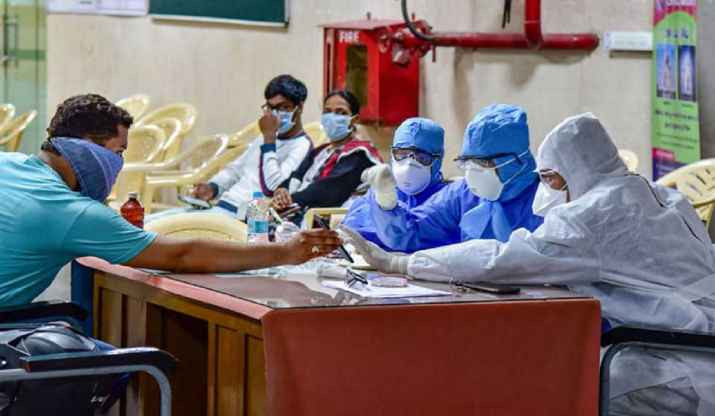 I) Health staff-
I) Health staff-
The united nurses association moved to the Supreme Court for the formulation of National COVID-19 management protocol. They have listed a few issues faced by health workers in the petition like-
a) Non-availability of a sufficient number of COVID-19 testing kits
b) Sub-standard Personal Protection Equipment's (PPE)
c) Lack of basic facilities in isolation wards d)Isolation precautions are not being followed by WHO norms
e) Hourly disinfection is not being done in the wards
f) Mental harassment in the nature of forced over-time followed by negligible transport facilities and deduction of salary on account of leaves
g) Health care workers who are pregnant, lactating or immune-compromised are being forced to work
h) The recent trend of eviction of health care workers from rented/leased property
i) Lack of accommodation, food, transportation etc.
j) Lack of free medical support for the health care workers and their families
k) Continuous breach of Government guidelines by private hospitals.
They have asked for reliefs like:
a) Accommodation in close proximity for health workers
b) Adequate and prompt transport
c) Proper screening of suspected patients & ensure speedy testing of suspected cases.
d) Landlords / Owners throughout the country be prohibited from adhering to the recent trend of evicting the health workers.
e) Proper training, etc.
II) Migrant Workers-
The hasty decision of lockdown has made the life of daily workers worse than they have ever expected. They are on roads, no place to stay no food to eat. There are also cases of these workers being hit by vehicles when they were walking to their homes at night.
The plea has been filed by Advocate Alakh Alok Srivastava in Supreme Court for rehabilitation measures for migrant workers after lockdown. This petition gives a few suggestions and prays the court to give direction to the government to provide-
a) Free transportation to their destination via special bus/train
b) Ex-Gratia one month minimum statutory wage
c) One month's free ration without insisting on a ration card
d) Composite plan for the rehabilitation of aggrieved workers, etc
The detailed application is available on the website of live law.
III) Communal atmosphere-
When united efforts are required to fight against COVID-19, some of us are spreading communal hatred. Jamiat ulama-i-hind, an organization of Islamic scholars, has moved the Supreme Court seeking strict action against the media for communalization of the Tablighi Jamaat meeting in Delhi's Nizamuddin. The petition states that-
"The present petition is necessitated on account of the communal colour being given to the outbreak of the COVID-19 pandemic by certain sections of print, electronic and social media posing a threat to the life and liberty of Muslims infringing their fundamental rights under Article 21 of the Constitution. The demonization is also an infringement of the right to live with dignity which is also covered under Article 21 of the Constitution."
IV) This lockdown has also affected badly to the transgender community
V) Farmers have turned to be in the most vulnerable situation. This time the reason is not the heavy rainfall or the drought but it's the lockdown. They have their healthy crops in the farms but they don't have markets to sell, no transportation to travel and many more hurdles to earn for their survival.
These were the few groups of society I have highlighted. In the same way, this lockdown has affected every middle-class person, a person of below poverty level, roadside thela wala and the list is as huge as our population.
9. Impact on the economy
As all of us knows that our economy was already going through demand depression and unemployment. The lockdown has triggered the slowdown further and harmed the economic well-being of millions.
Conclusion
There is a need to strengthen legal frameworks to prevent and control the entry, spread and existence of communicable diseases in India. There is a need for an integrated, comprehensive, actionable and relevant legal provision for the control of outbreaks in India.
- Adv. Prachi Patil
ppprachipatil19@gmail.com
(The writer is a practising lawyer at the Pune District Court and the Family Court, Shivajinagar)
Sources:
1. The Law And The Lockdown
2. Epidemic Diseases Act, 1897 : The 123 Year Old Law Invoked To Combat COVID 19 [Explainer]
3. Plague of 1896 redefined sedition. Coronavirus mustn’t bring in laws that outlive crisis
4. Law In The Time Of 'Corona'
5. United Nurses Association Move Supreme Court For Formulation Of National COVID19 Management Protocol [Read Petition]
6. COVID-19 lockdown: transgender community pushed further to the margin
7. Jamait Ulama-I-Hind Moves SC Seeking Action Against Media For Communalizing Nizamuddin Markaz Issue [Read Petition]
8. The Epidemic Diseases Act of 1897: public health relevance in the current scenario
Tags: Pandemic Epidemic Corona Virus COVID-19 Epidemic Disease Act Legal Framework Legal Reform Adv Prachi Patil Load More Tags



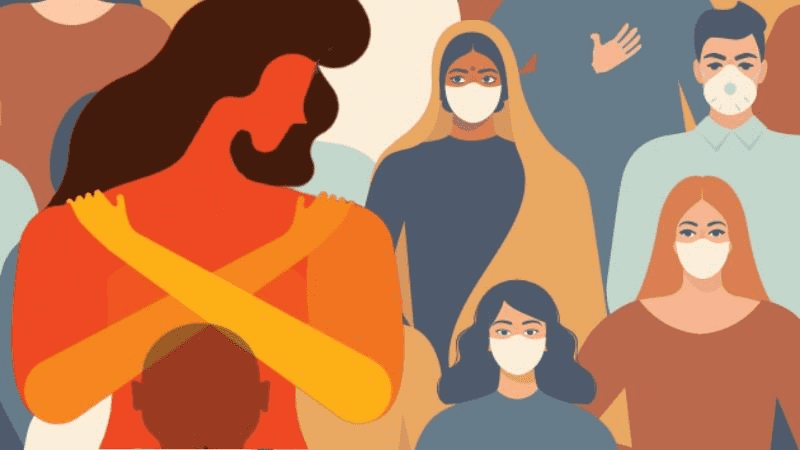
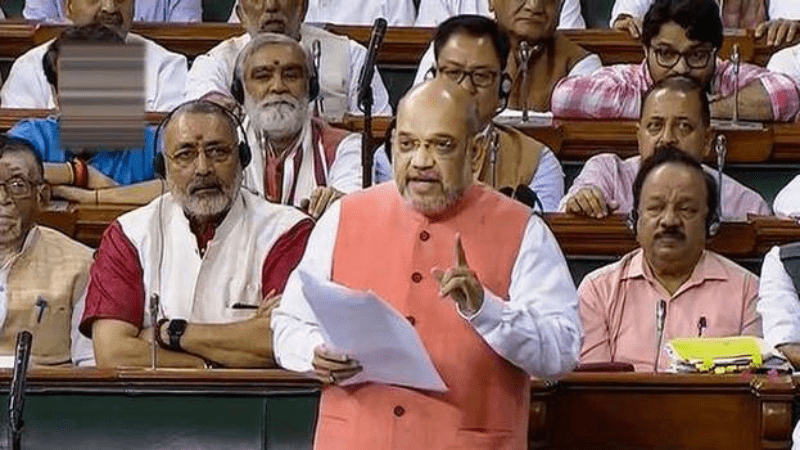
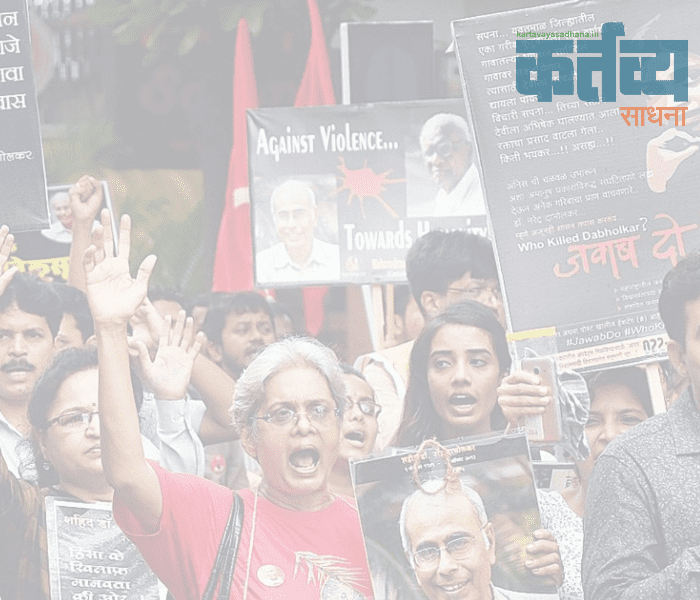
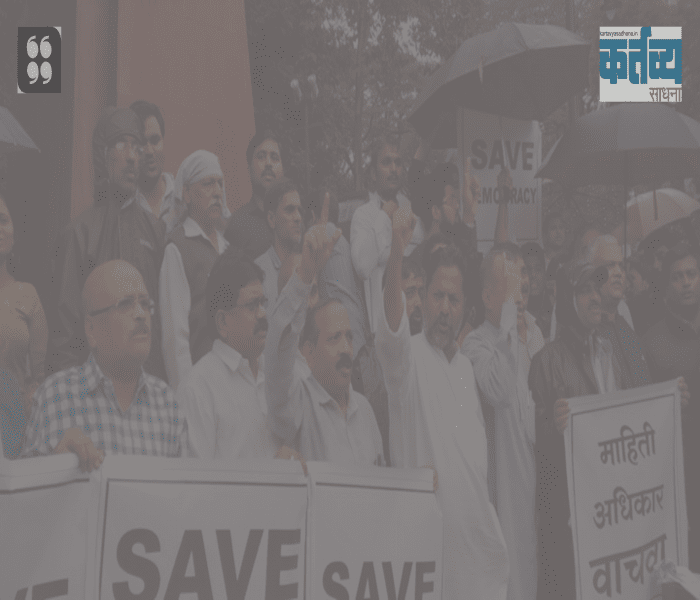
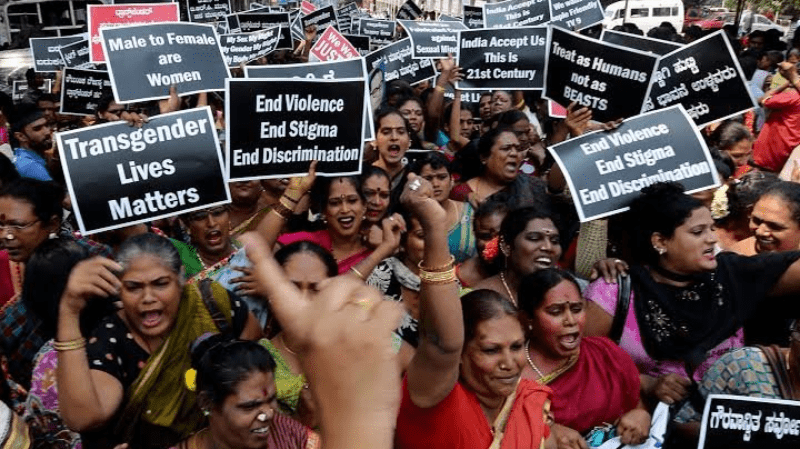

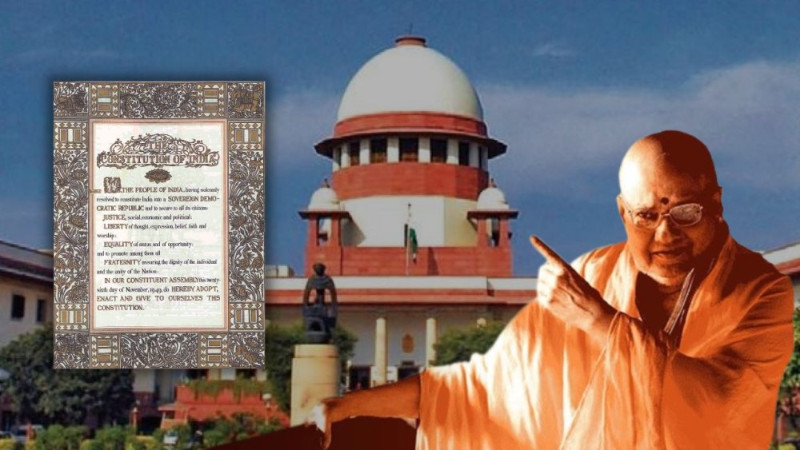
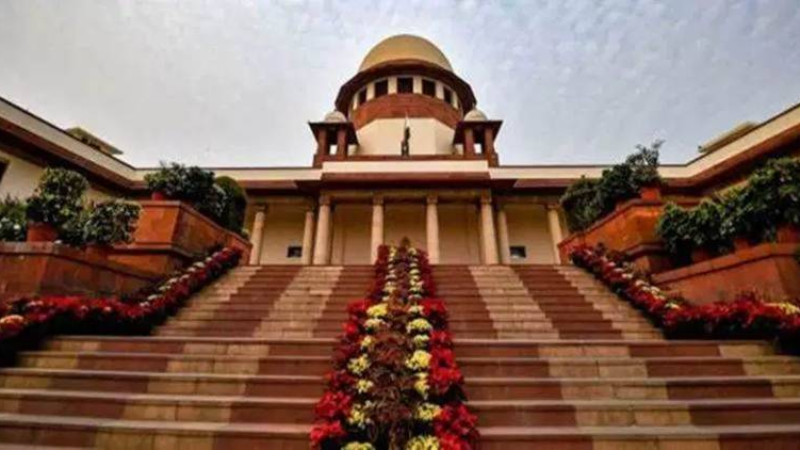
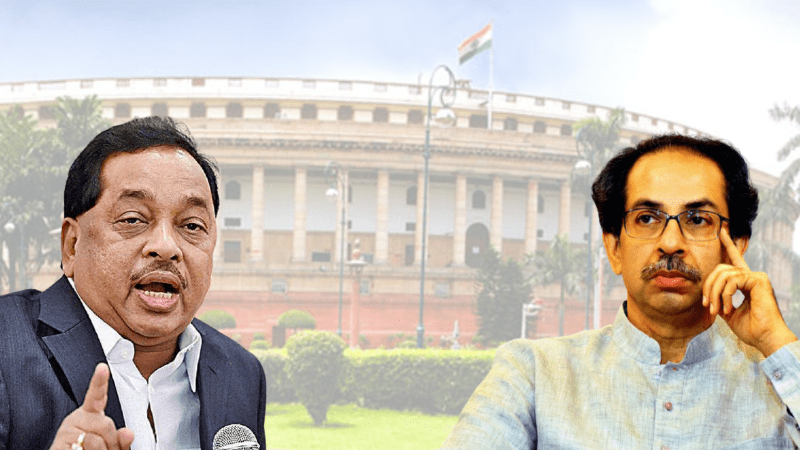
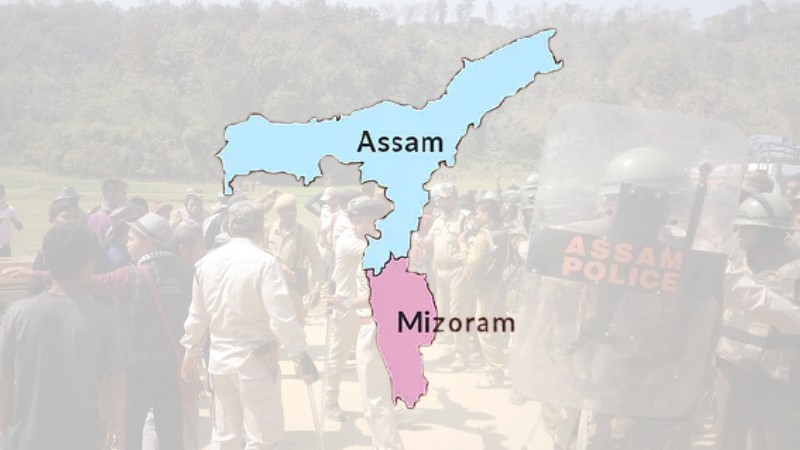

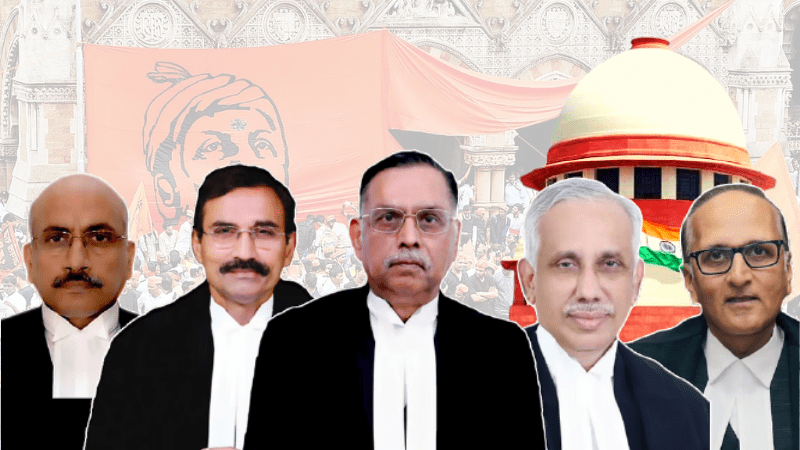


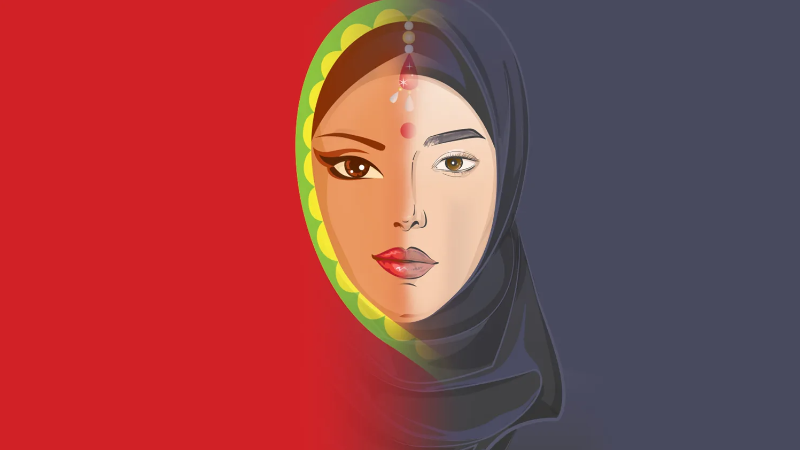
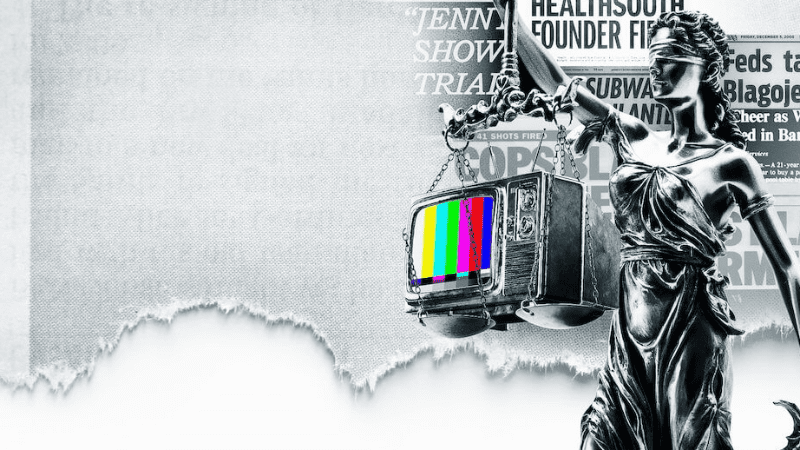

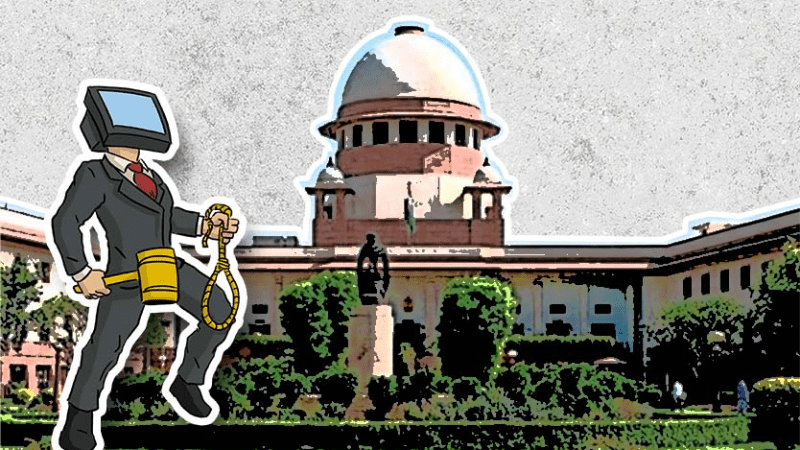


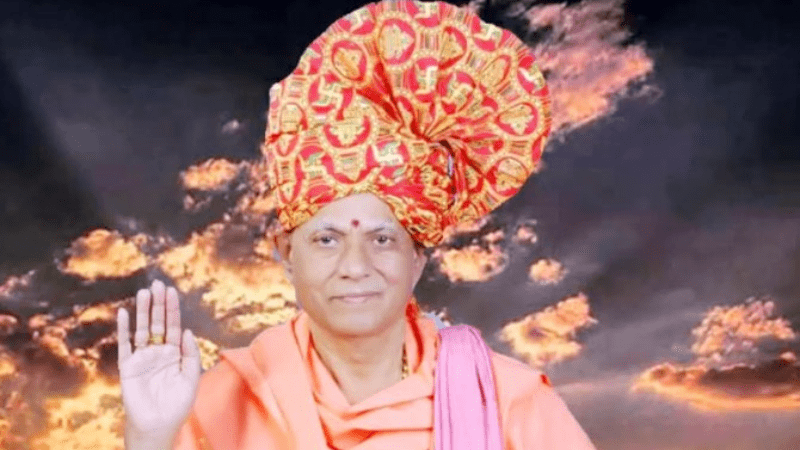
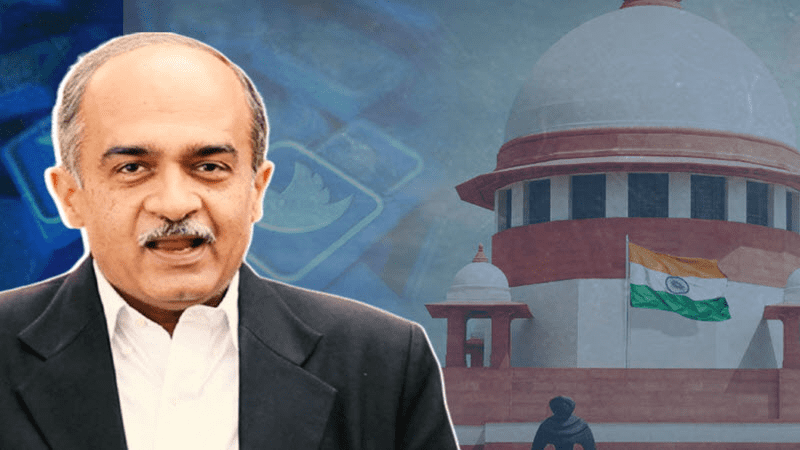
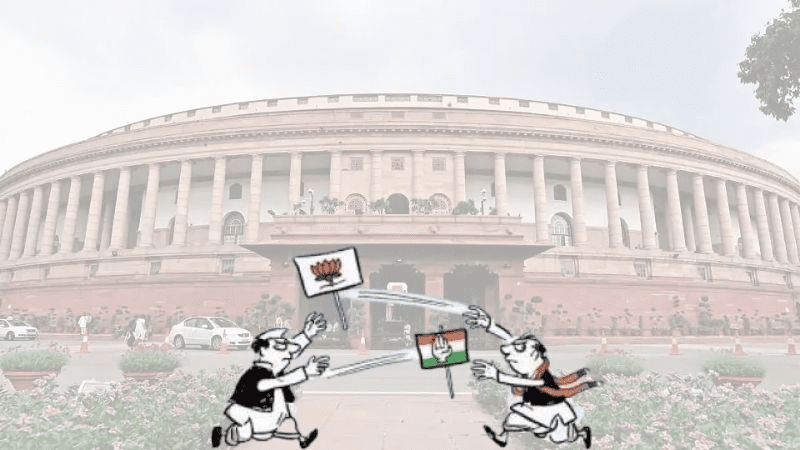
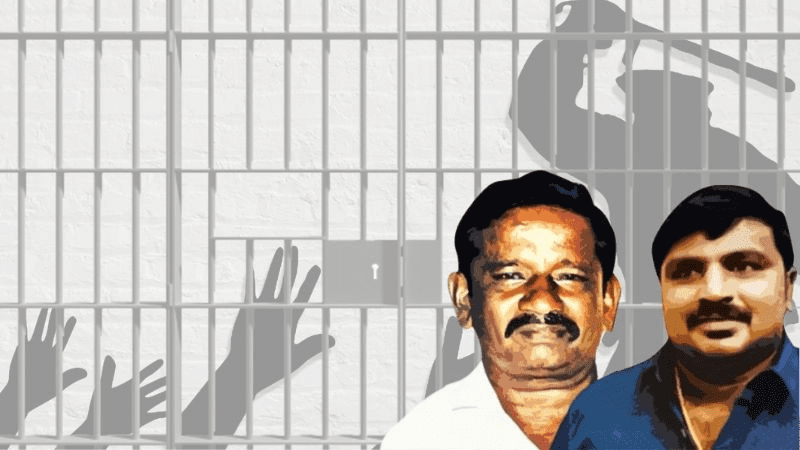
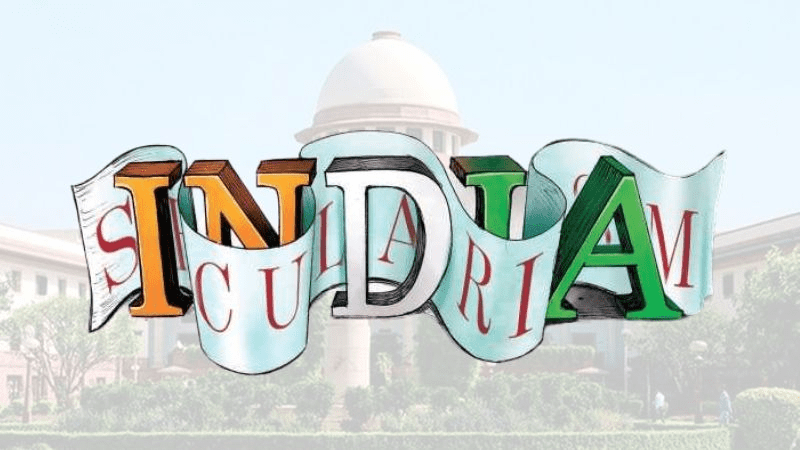
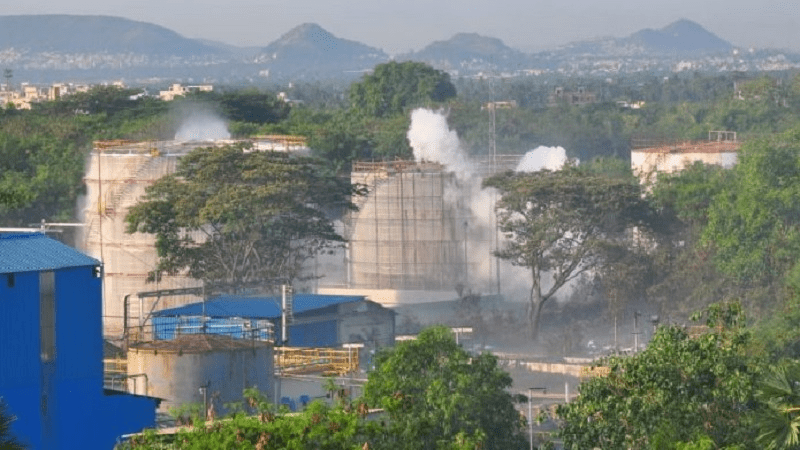
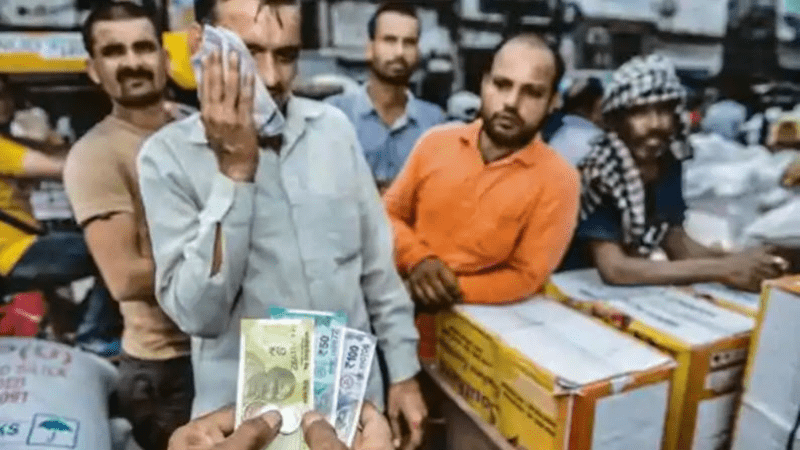


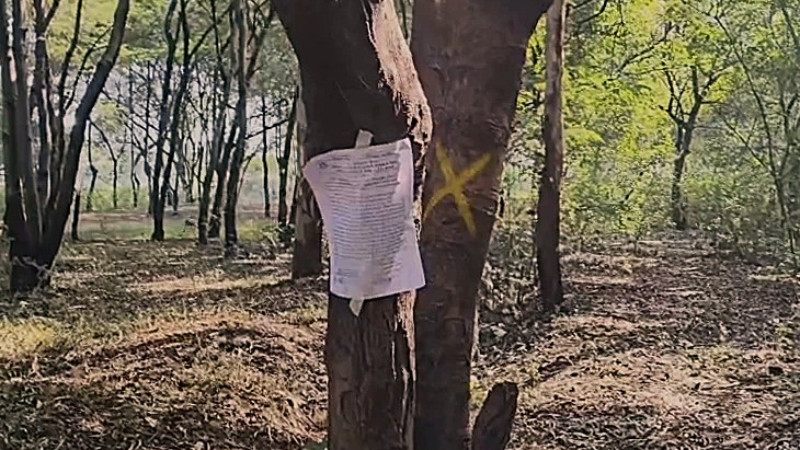
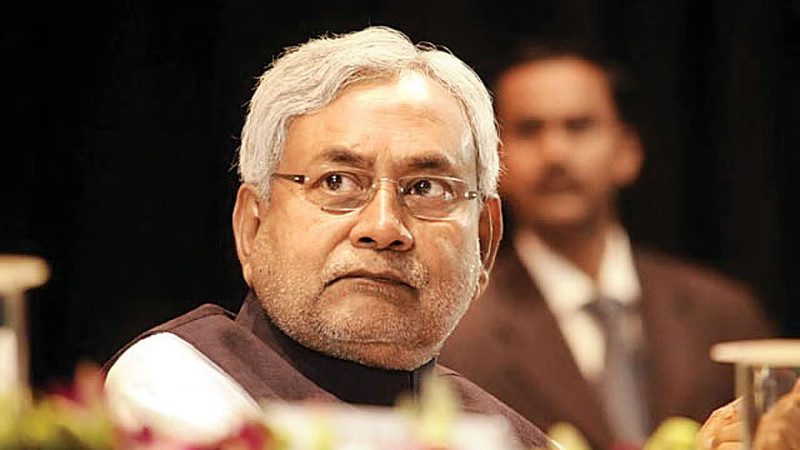
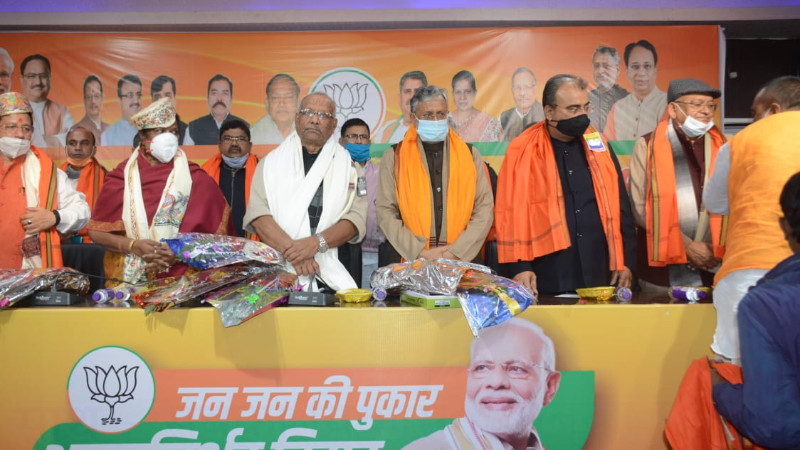
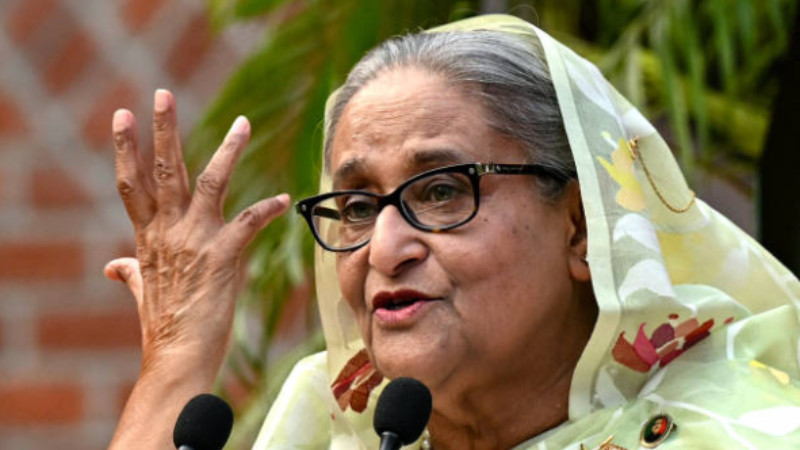

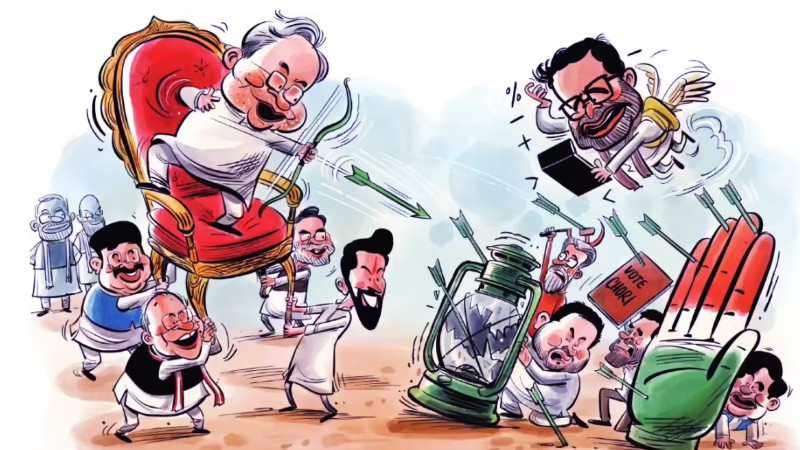
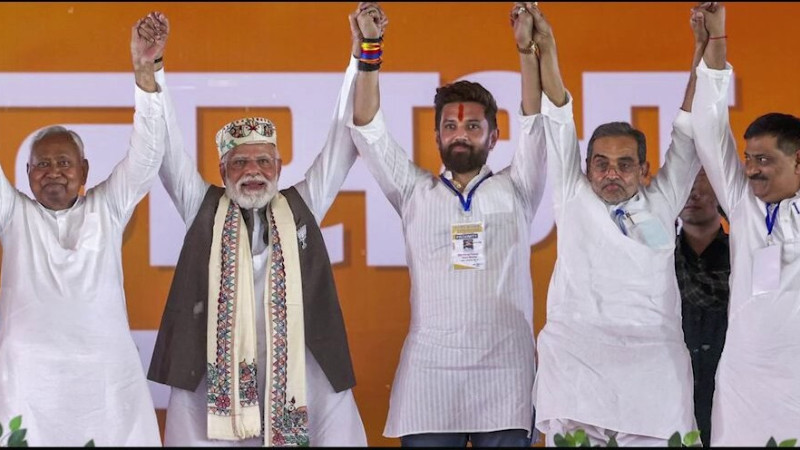

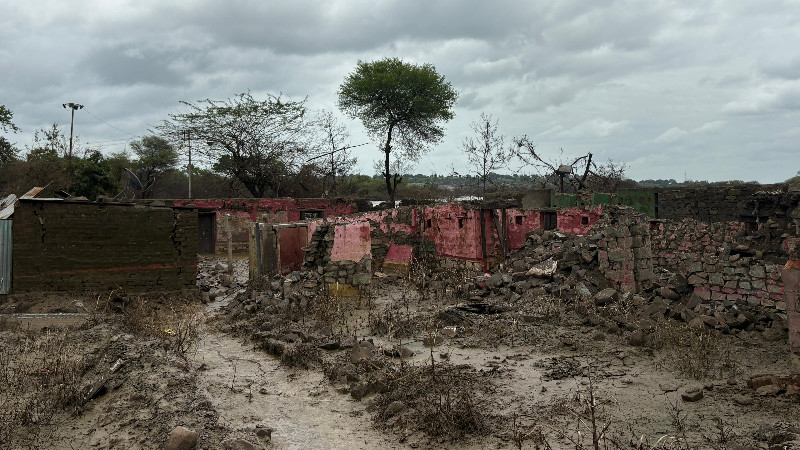
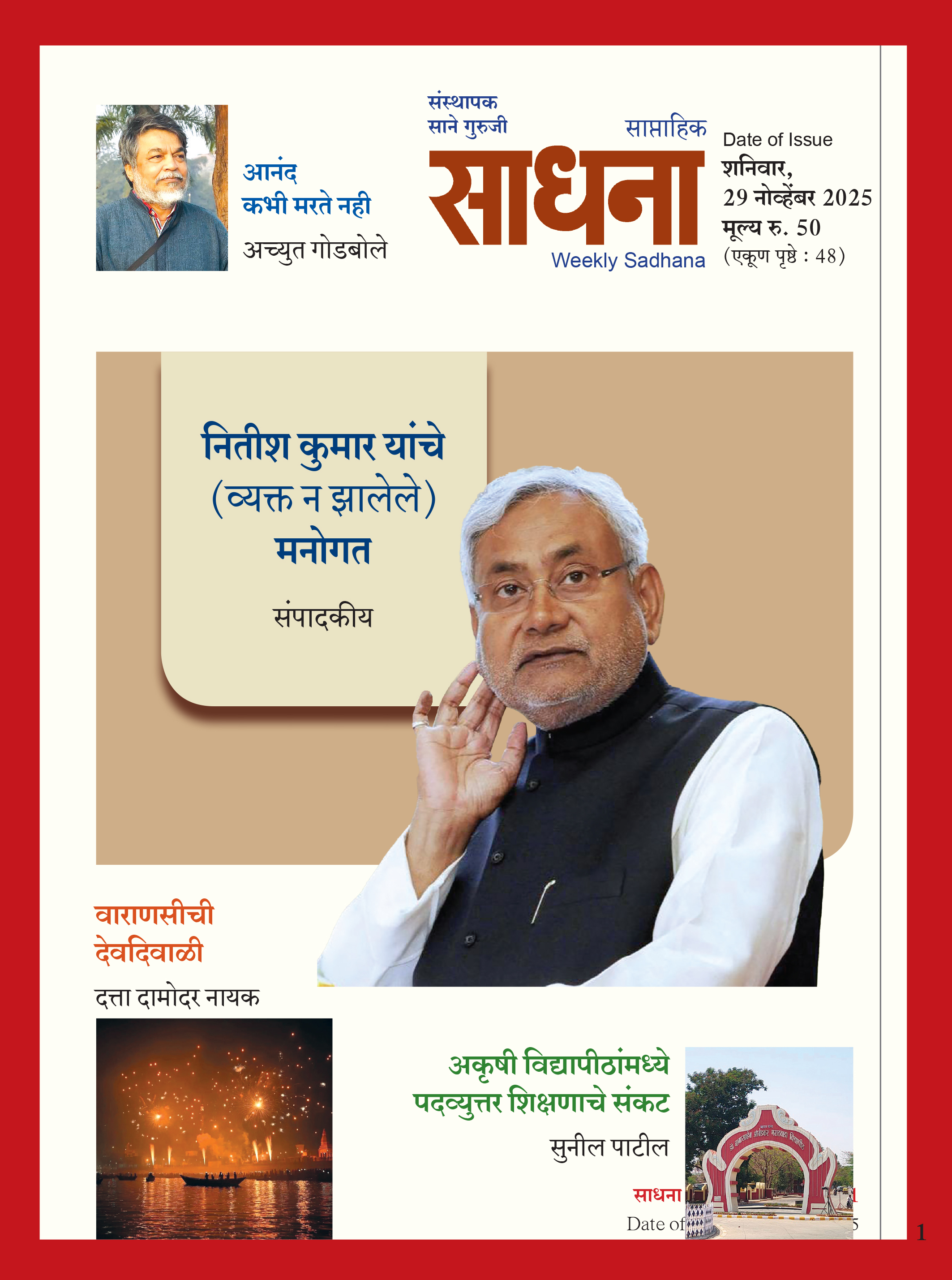





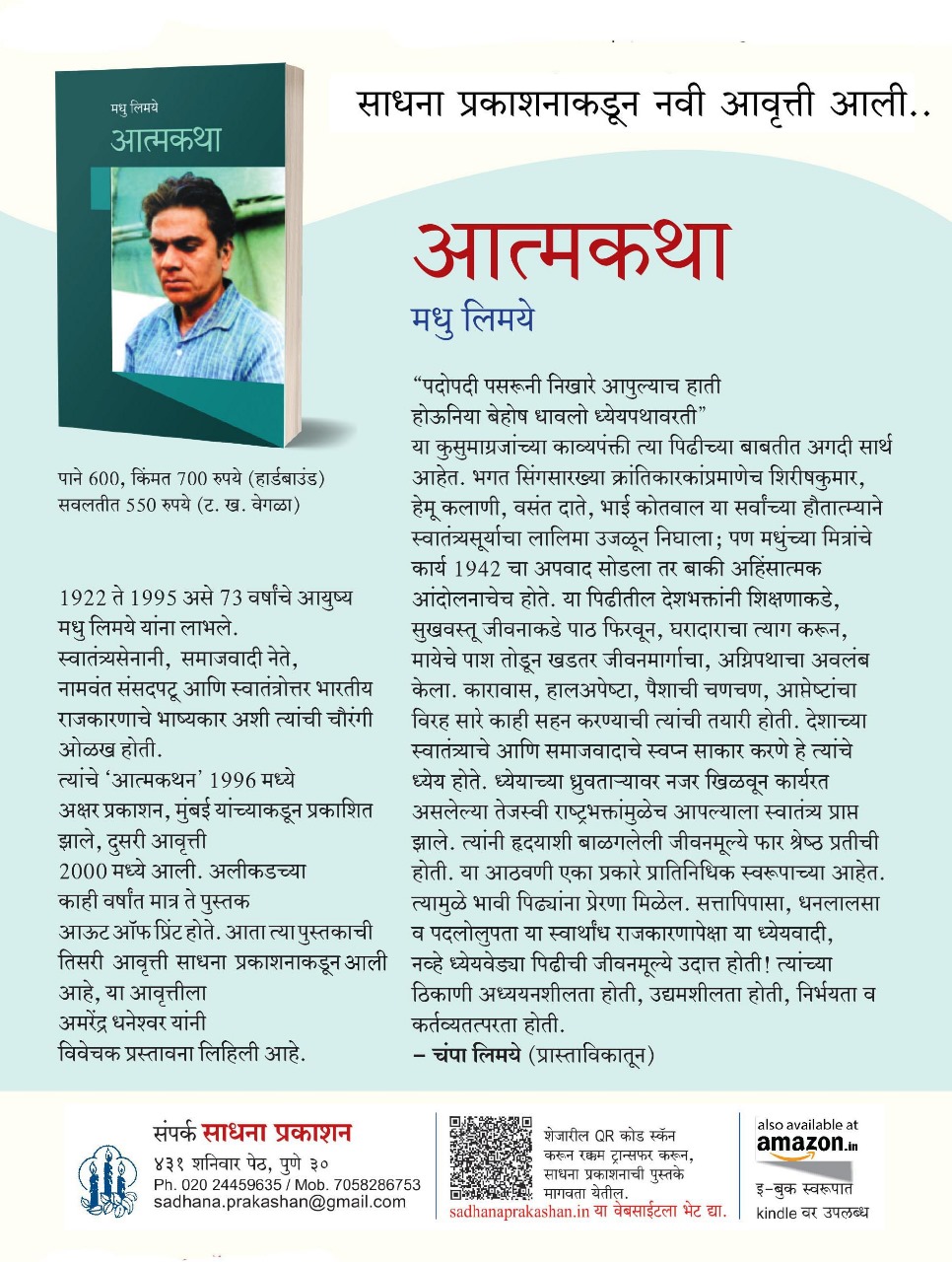



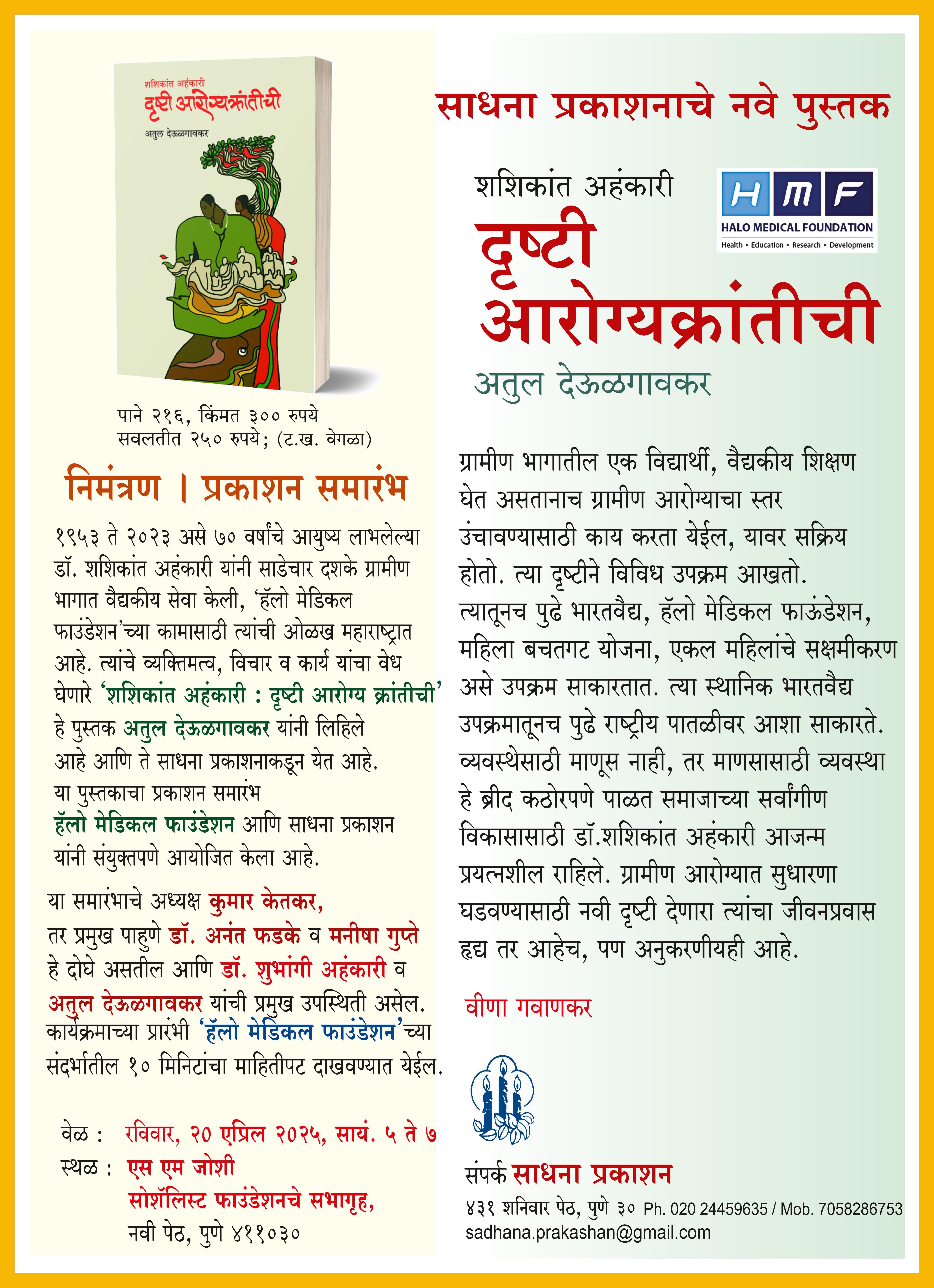



Add Comment